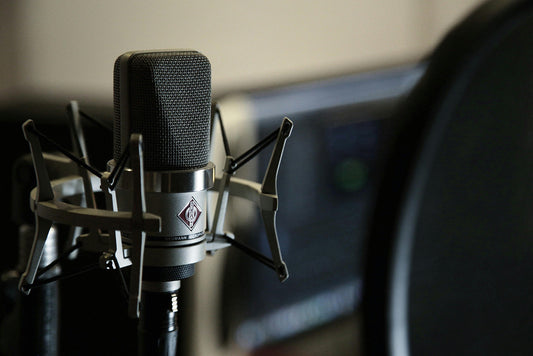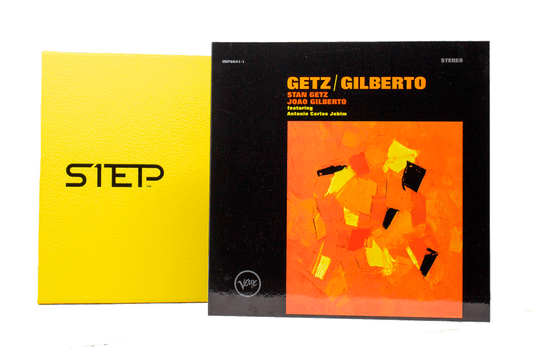Removing limitations
by Paul McGowan
I had written in yesterday's post the limitations of 30 or so steps of mechanical stepped attenuators concerns the switch itself. It's near impossible to add too many more switch contacts in the small space available.
The limited number of steps isn't the only drawback. Adding remote control requires a motor to do the turning, and we're still stuck with large level jumps between steps.
But the idea of using individual resistors to control level in steps is still a great sounding option. How to get more steps when mechanical means don't permit it?
Eliminate the restriction of the mechanical switch.
If you'll recall our first posts on input selection in a preamp you'll remember we had this very same problem. Mechanical input selectors are difficult to remote control. We use an electronic switch instead—a relay, or its FET equivalent.
Once you figure this out—using an electronic switch instead of a mechanical one—a new world of possibilities come into play. You're no longer restricted on the number of steps and remote control is a cinch. Two birds with one stone and you've not sacrificed anything.
This is what we do in the BHK preamplifier and how we achieve 100 steps in 1/2dB increments. A combination of relays and FET switches manage expensive, great sounding resistors control ing level. The results are near perfect.
Still expensive and challenging for designers to build and implement, but problems solved.
I was going to move on and write how similar results can be achieved without such expense—the innovations of the new Stellar Gain Cell DAC—but many have asked for one more post about outlier technologies for level changing: light resistors and transformer level shifters.
Tomorrow.
- Choosing a selection results in a full page refresh.
- Opens in a new window.








